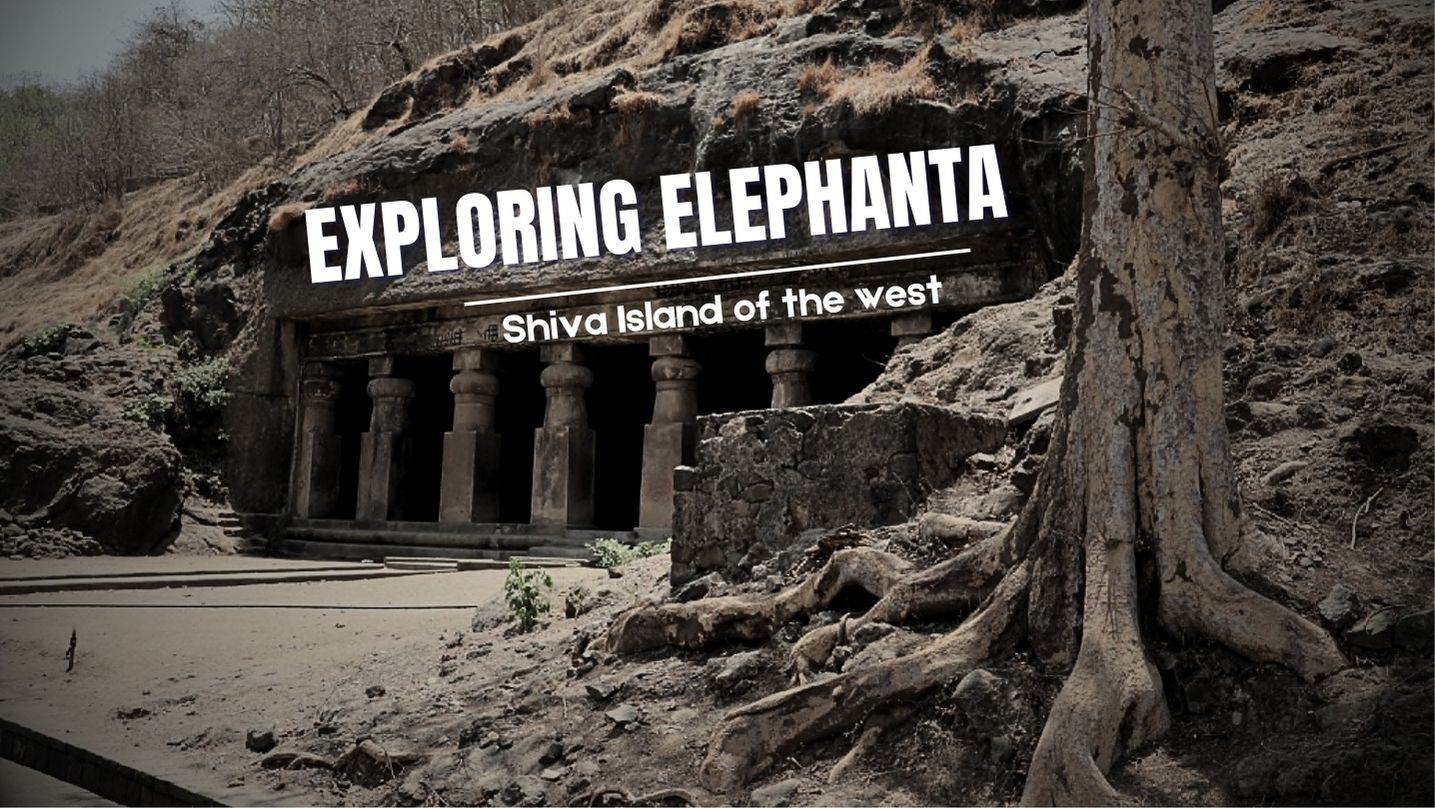
As we sat across the table sipping over an evening coffee, Jaganathan ji shared with me his latest trip to Bombay. “You wouldn’t believe, Vignesh, what I got to encounter on our family trip to Bombay. It wouldn’t be unfair if I call it the Shiva Island of the west.” I was immediately interested as I pulled my chairs closer to acknowledge my eagerness. “We embarked on an adventure to the Elephanta Caves, a hidden gem nestled away from the bustling city”, he began. Little did I know, this UNESCO World Heritage Site, declared in 1987, held centuries of history and architectural marvels waiting to be uncovered, until Jaganathan Ji took me on a verbal voyage. He slid his hand into his pockets as to grab his phone and shared with me the pictures as he continued narrating.
“Dating back to the fifth century common era, the Elephanta Caves stand proudly as a testament to the craftsmanship of the great Chalukya dynasty. Perched atop a hill, the caves boast a total of seven awe-inspiring rock-cut structures, each offering a glimpse into ancient Indian art and spirituality. These were named after a large rock-cut-elephant-like structure that Portuguese explorers discovered on the island in the 16th century. The silhouette of the rocky outcrop against the horizon resembled the graceful profile of an elephant and so the Portuguese named the island Elefante, which later became Elephanta. The native Marathi people called the island Gharapuri, which means village-of-caves.”
“As we stepped foot into the first cave, known as Cave 1, we were immediately greeted by the majestic sight of Shiva in his various forms. The intricate sculptures, depicting the Trimurti—Shiva as the creator, preserver, and destroyer—captivated our senses. From the serene face of Shiva to the dynamic dance of Nataraja, every detail seemed to come alive against the backdrop of the monolithic rock.”
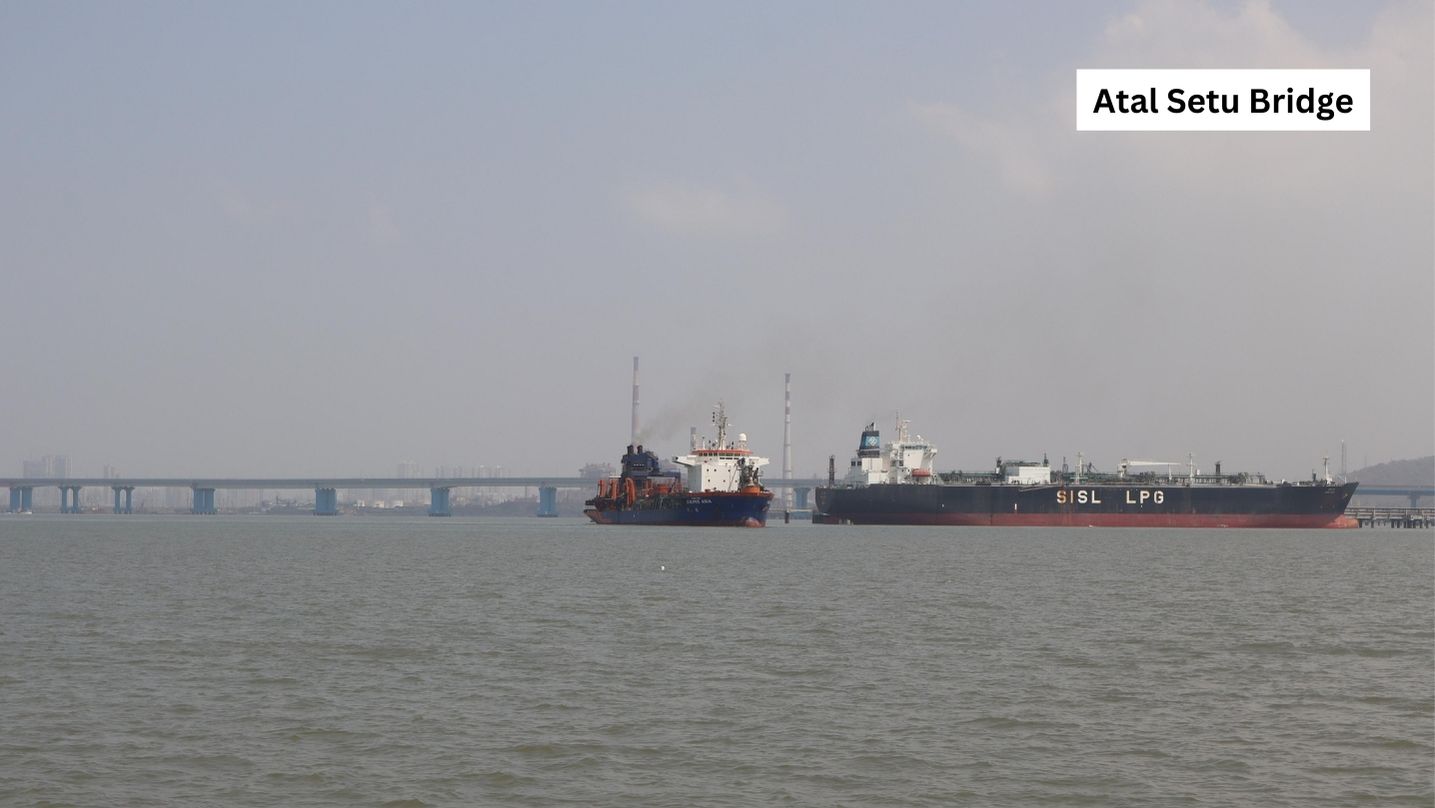
“The journey to Elephanta Caves is an experience in itself, with ferries offering a one-hour voyage across the Arabian Sea. Opting for the Deluxe ferry, we savored every moment of the scenic ride, taking in the panoramic views of the coastline. Upon arrival, a toy train awaited us, transporting us from the ferry point at the gate way of India to the cave entrance. For new travellers, the ferry is a two way ride costing about Rs. 270 for an AC ferry and about Rs.170 for a regular one. We were also lucky to see the newly built Atal Setu bridge which was 16kms long from the ferry. We drove through the bridge on our way, but witnessing it from the waters was a treat to the eye. It connects Sewri in South Mumbai to Nhava Sheva in Navi Mumbai, reducing two hours of travel time to 20 minutes. It also improves Navi Mumbai's business and residential districts”.
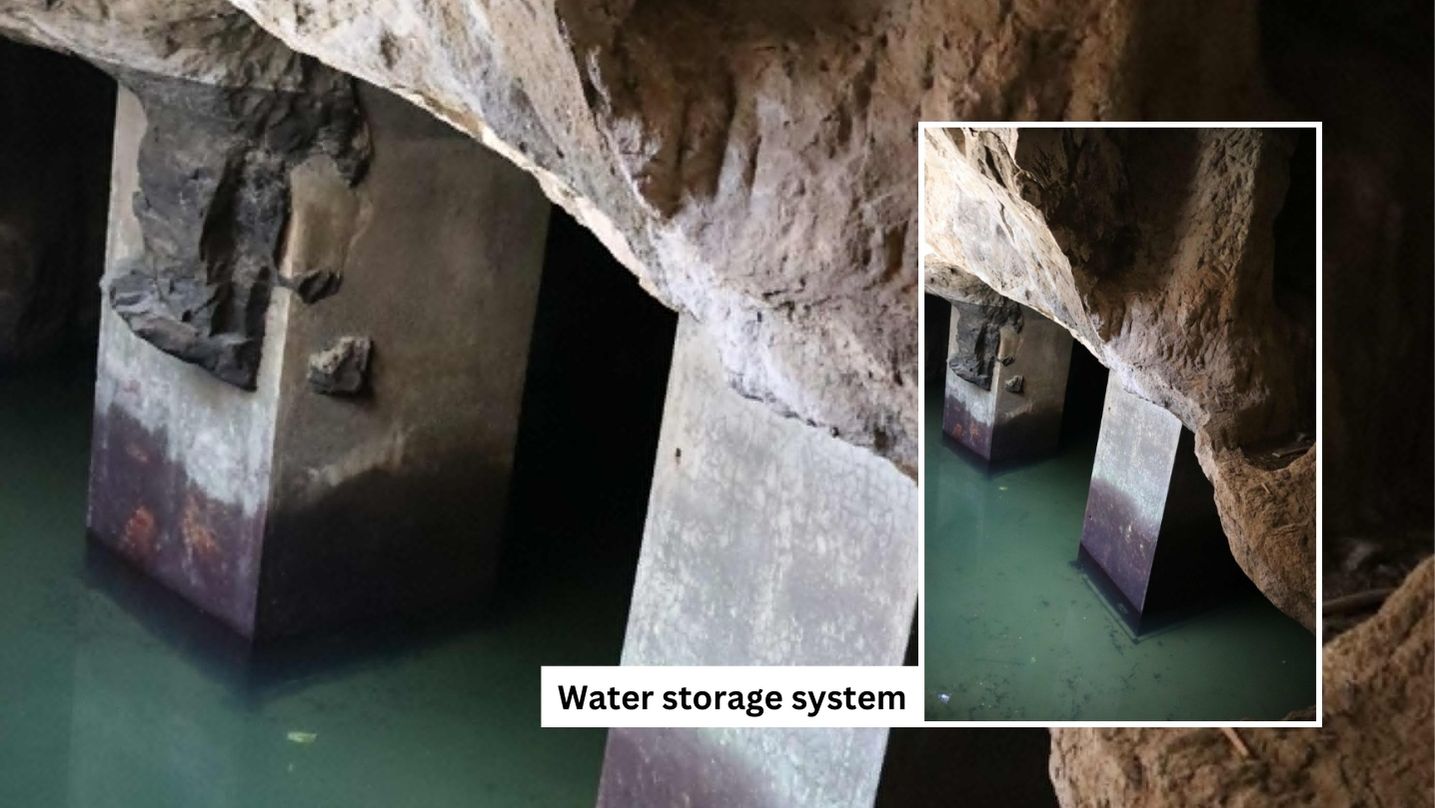
His eyes widened as he started to explain the process involved in such an intricate wave art. “With our knowledgeable guides Prem and Sandeep Kohli by our side, we delved into the history of the caves, learning about the ancient irrigation systems and the meticulous process of rock-carving that took place centuries ago. The sculptors are said to have created a hole through the cave to let the sunlight in and then proceeded to carve. And they have also built an advanced irrigation system that directed water to the caves, which is present even today as a treat to our eyes.”
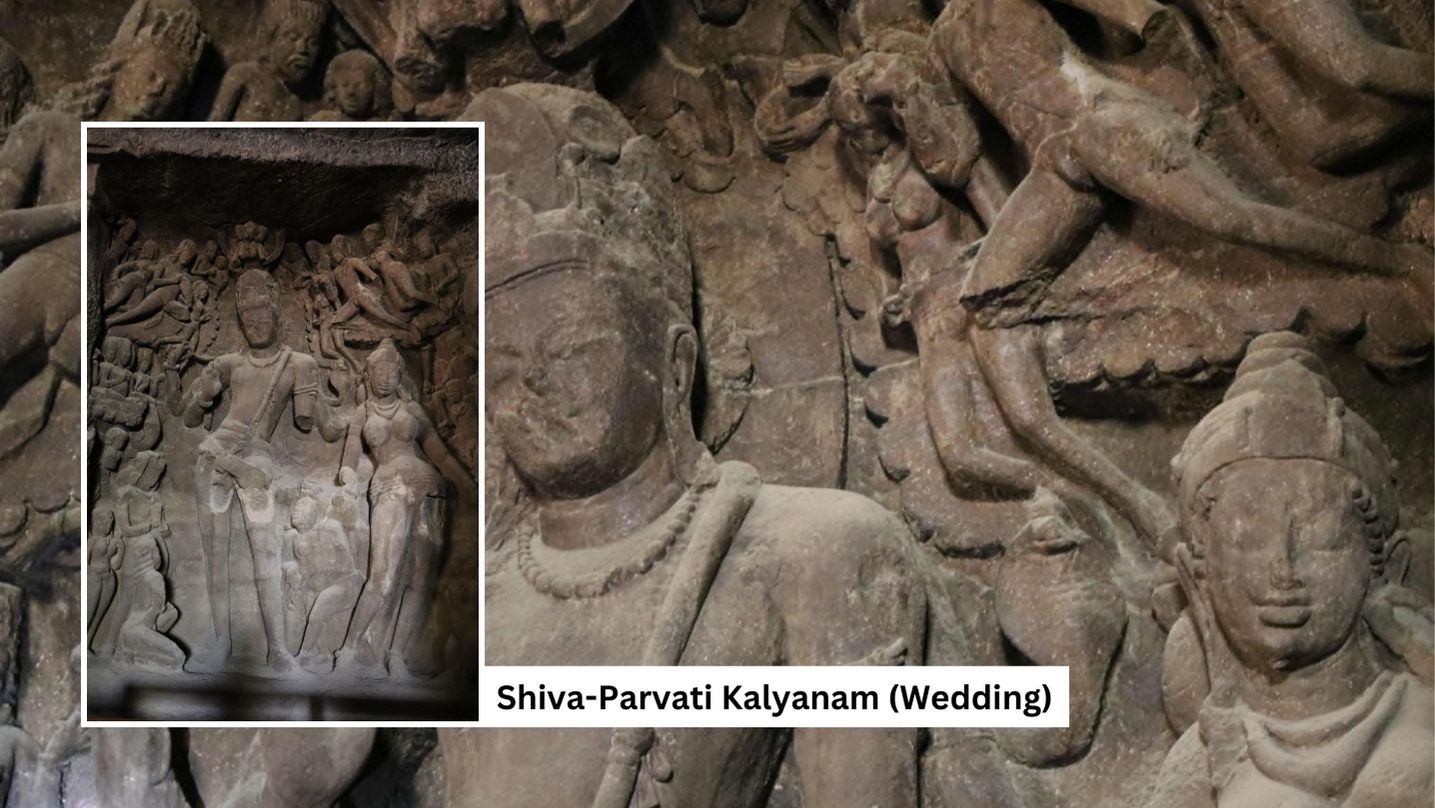
“Inside the caves, we were greeted by a treasure trove of sculptures, each telling a story of devotion and divine grace. From the divine union of Shiva and Parvati to cosmic dance of Shiva and the eight dwara balakas, every carving seemed to transcend time, inviting us to ponder the mysteries of the universe”. As his fingers swiped across the mobile screen, he finally arrived at a particular photograph, pinched the screen to zoom in further and showed me, “Look at this, Vignesh, this particular sculpture caught our attention—a depiction of Ravana trying to lift Kailash and Shiva putting his foot down, asserting control. An english idiom goes like ‘put one's foot down’, and our indian puranas were a testament to it”, we shared an easy laugh at the wordplay as he continued narrating the tale of seven caves. He also added that these structures were monolithic, meaning made out of single rock. Research also points out the volcanic geoheritage of these caves.
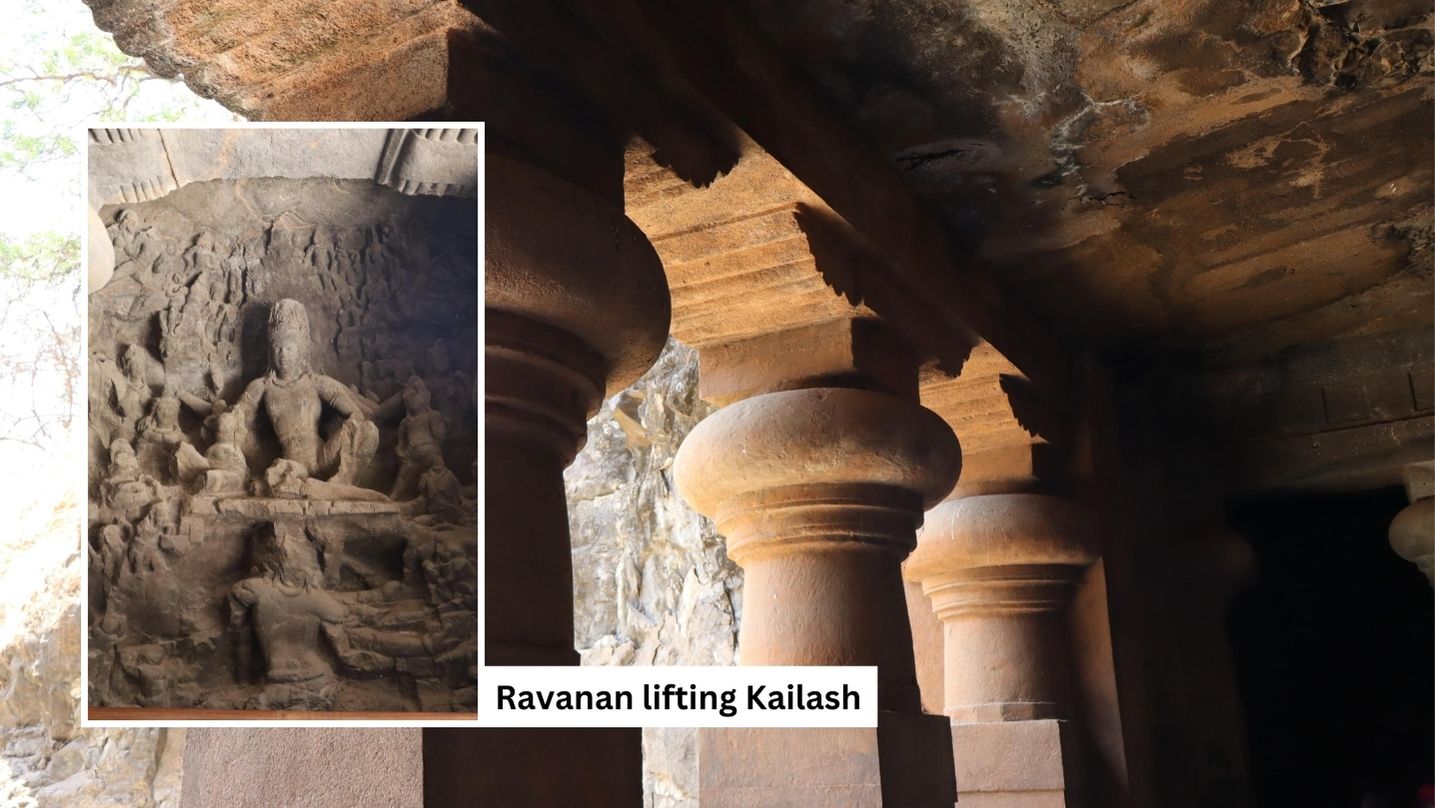
“As we explored further, we encountered Ganesha, the beloved elephant-headed deity, and witnessed scenes from our ithihasas and puranas come to life before our eyes. Yet, amidst the beauty and grandeur, reminders of a tumultuous past lingered—the bullet marks on the sculptures, remnants of Portuguese colonialism echoing through the ages”, he showed yet another picture of lord Karthikeya with bullet marks on the legs. The conversation has become sad for a moment looking further more structures that are damaged as a result of invasion. “Despite the passage of time and the ravages of history, the Elephanta Caves stand as a beacon of resilience, a testament to the enduring spirit of human creativity and Bharathian emotions, thanks to INTACH (Indian National Trust for Art and Cultural Heritage) for their efforts in maintaining cleanliness and creating awareness”, he lightened the mood as he continued further, “The three caves that we explored further were incomplete and the two other buddhist caves were inaccessible”
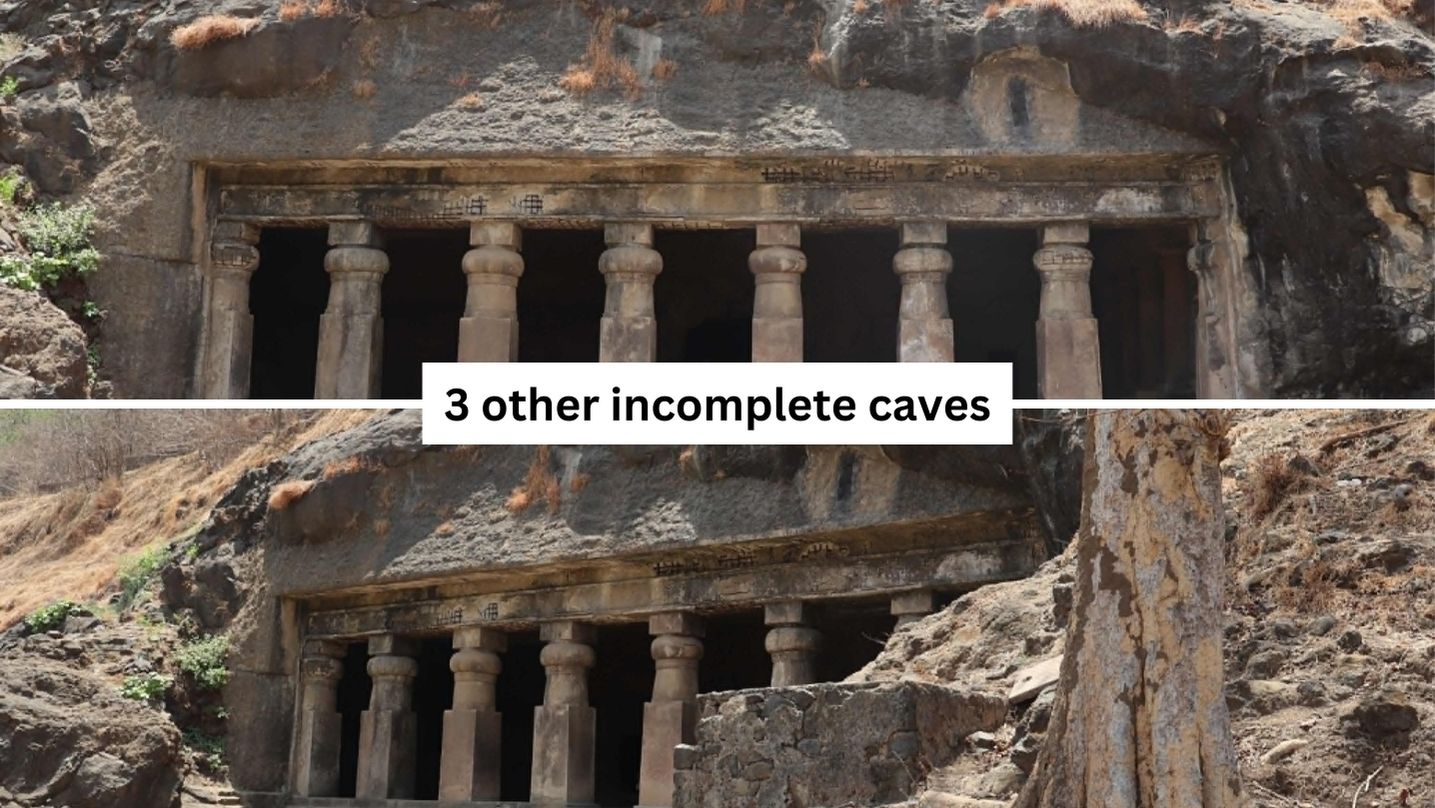
“At the entrance, you'll find a charming restaurant called MTDC. It's the perfect spot to grab refreshments and unwind before heading out. There are also provision for shopping and to buy souvenirs along the path up and down. Afterward, consider taking a ferry back, offering a scenic return journey”, he suggested. “The best time to explore the city is during the cooler months, particularly July through October, coinciding with the first monsoon. Despite the humidity, this period is ideal for visiting iconic sites like the Elephant Caves.”
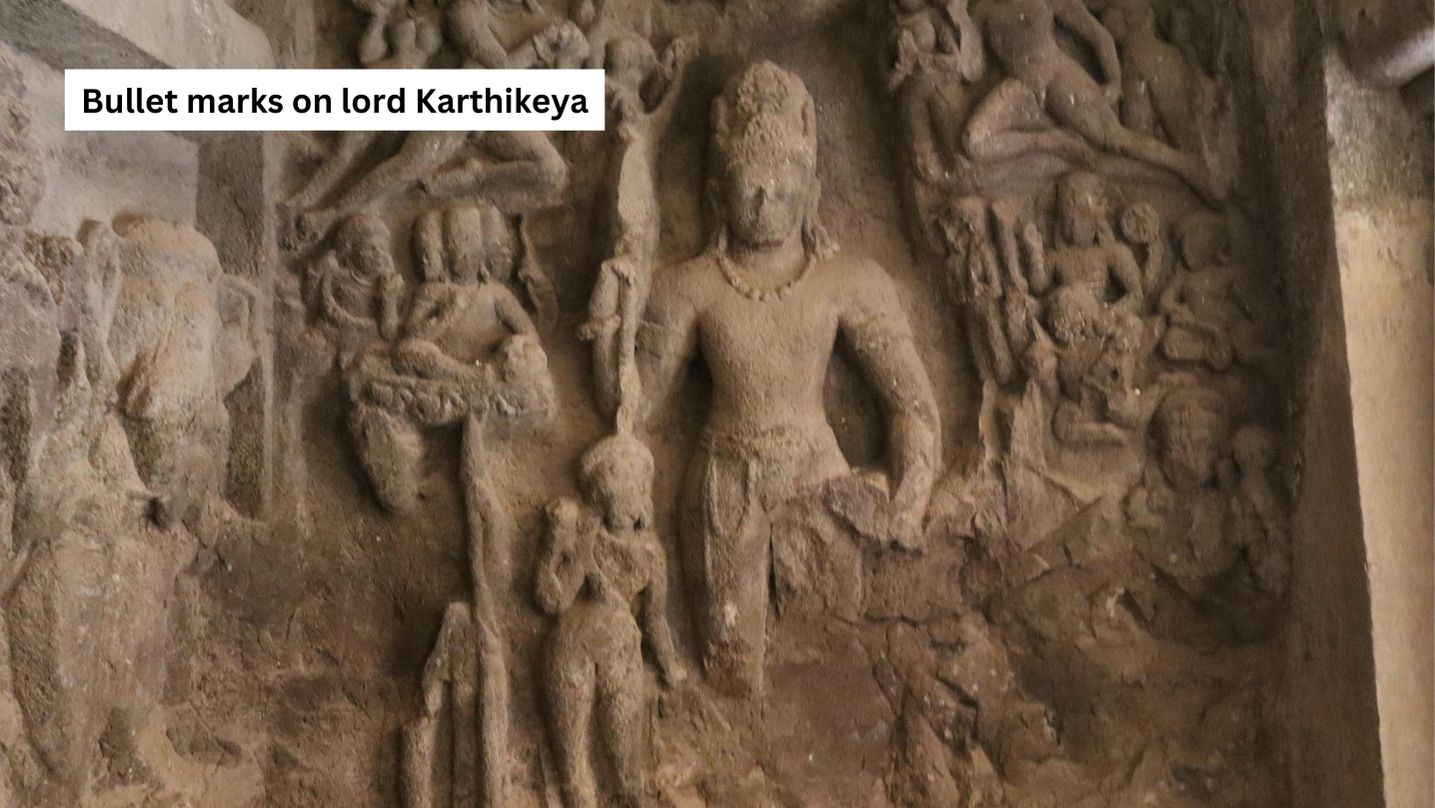
As the cups were empty, we ordered a snack to continue listening to the stories of Karla caves at Lonavala, which I would share with you in another article. For travelers seeking a glimpse into India's rich cultural heritage, Elephanta Caves beckon with their timeless allure. Whether you're drawn to the mystique of ancient puranas or simply seeking solace amidst natural beauty, a visit to these historic caves promises an unforgettable journey through the annals of time. Until next week with the stories of Karla caves, stay tuned.
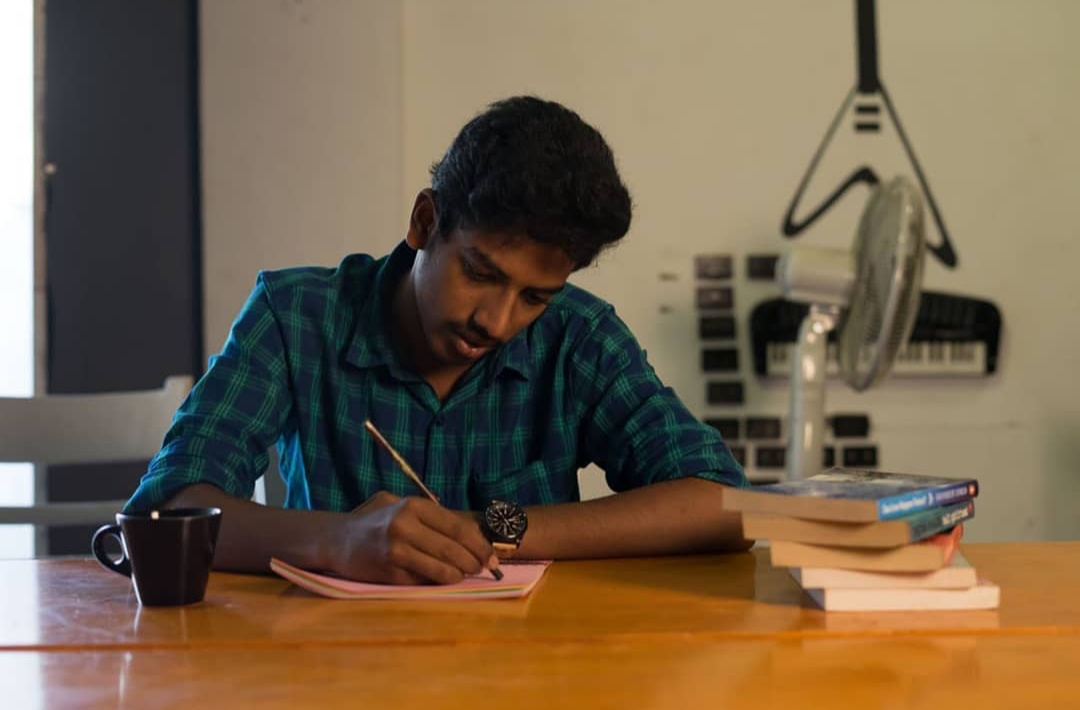 Vigneshwaran, Senior Correspondent of TheVerandahClub.com is both a skilled digital content writer and marketer by profession, as well as an avid independent writer driven by his passion. His literary talents extend to crafting beautiful poems and captivating short stories including the Sehwag Tales series. In addition to these creative pursuits, he has also authored a book titled "Halahala," which can be found on Wattpad.
Vigneshwaran, Senior Correspondent of TheVerandahClub.com is both a skilled digital content writer and marketer by profession, as well as an avid independent writer driven by his passion. His literary talents extend to crafting beautiful poems and captivating short stories including the Sehwag Tales series. In addition to these creative pursuits, he has also authored a book titled "Halahala," which can be found on Wattpad.
NEXT ARTICLE
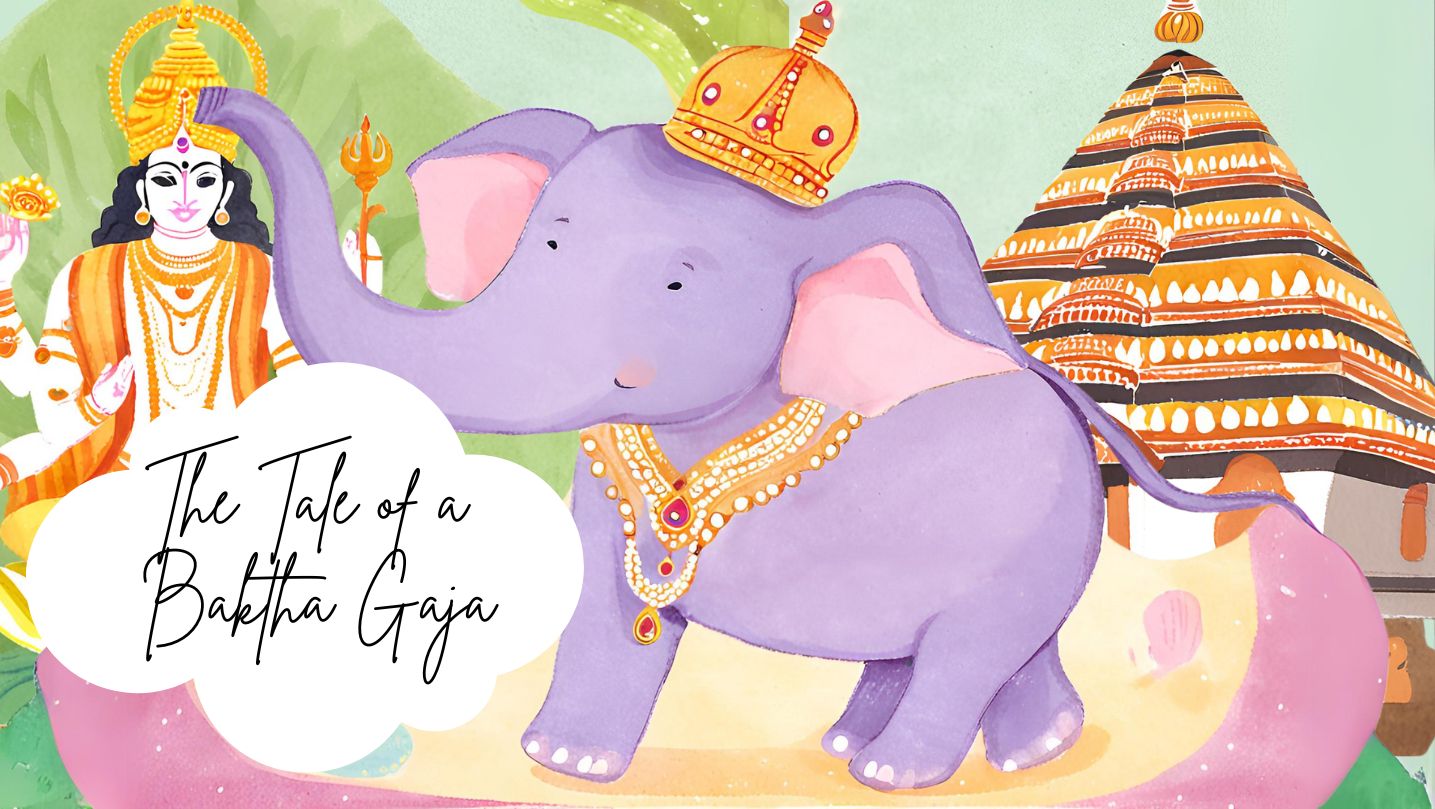
In the lush, green heart of Kerala lived an elephant who became a living legend - a tale of an elephant turned into a bakth. His name was Keshavan, bu...
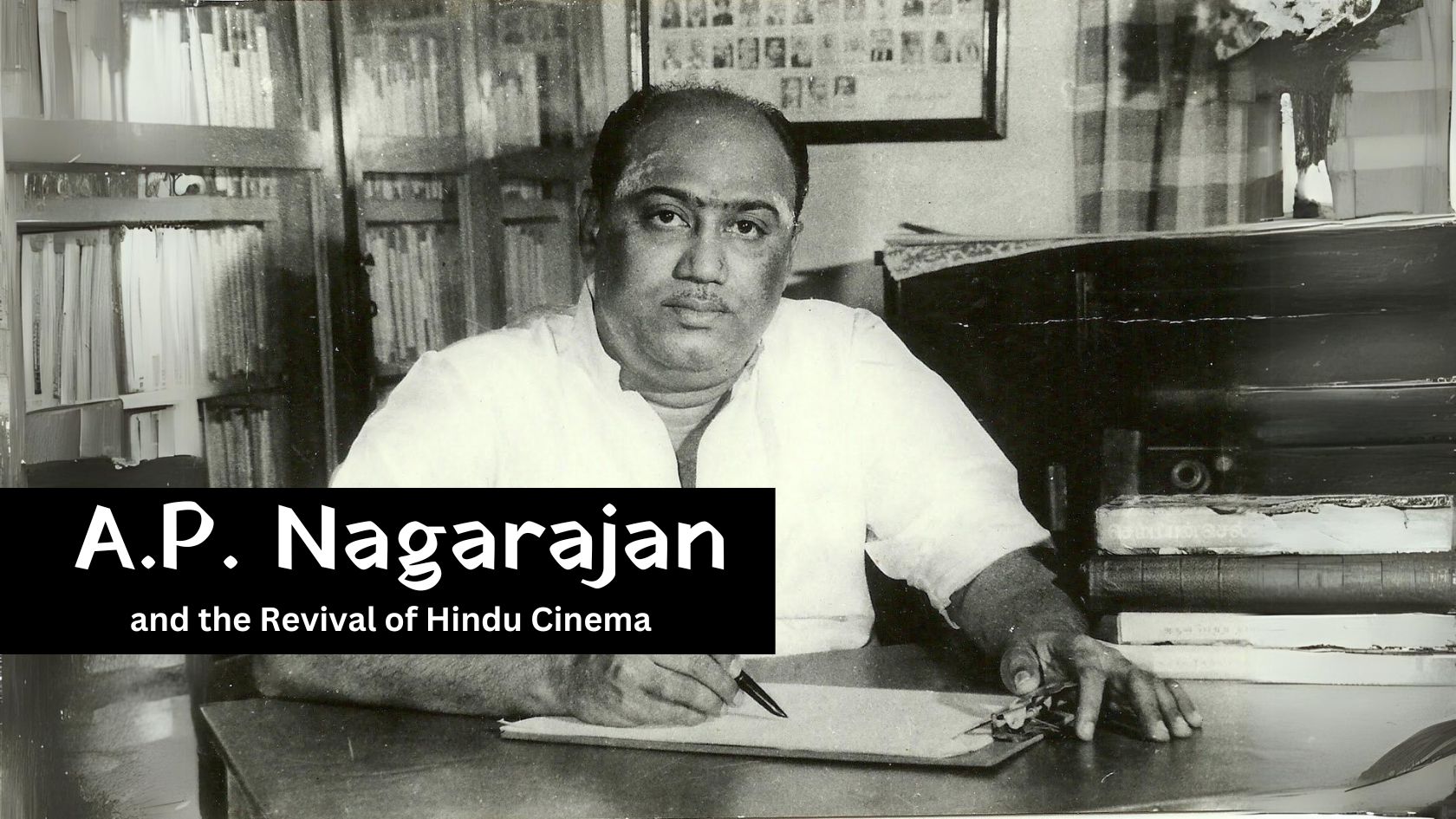
In the early days of cinema, both silent and talkie films thrived on puranas and ithihasas. However, as the years passed, especially by the late 1950s...
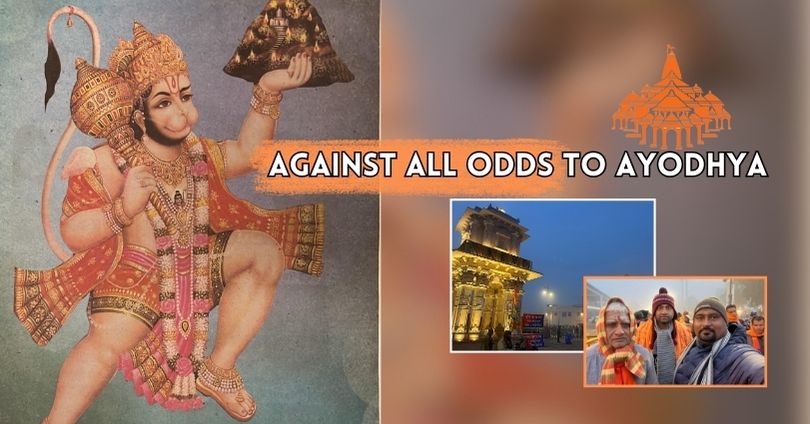
Life often presents us with choices that test our resolve, faith, and priorities. Attending the Prana Pratishtha of the Ram Lalla in Ayodhya had alway...